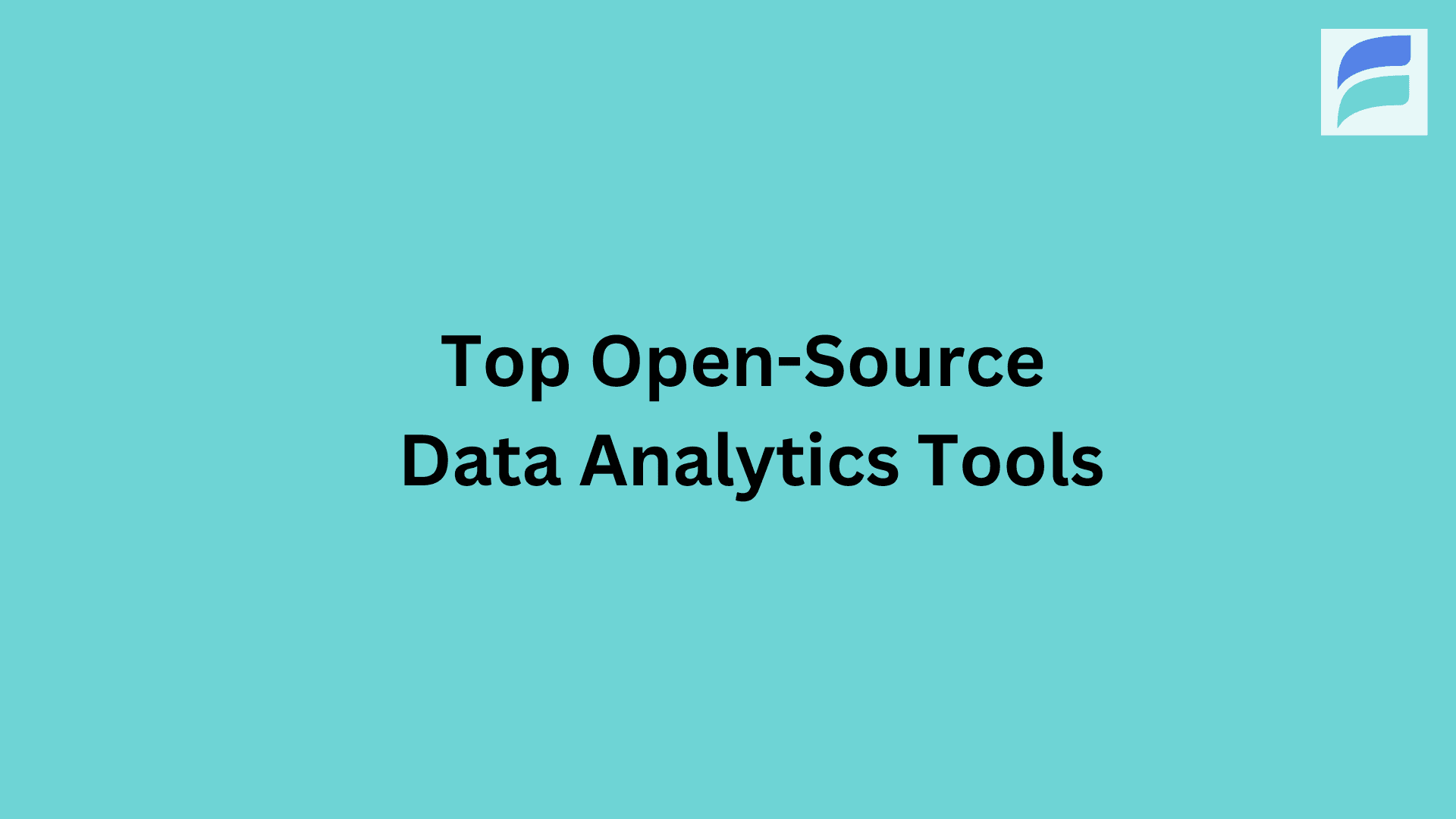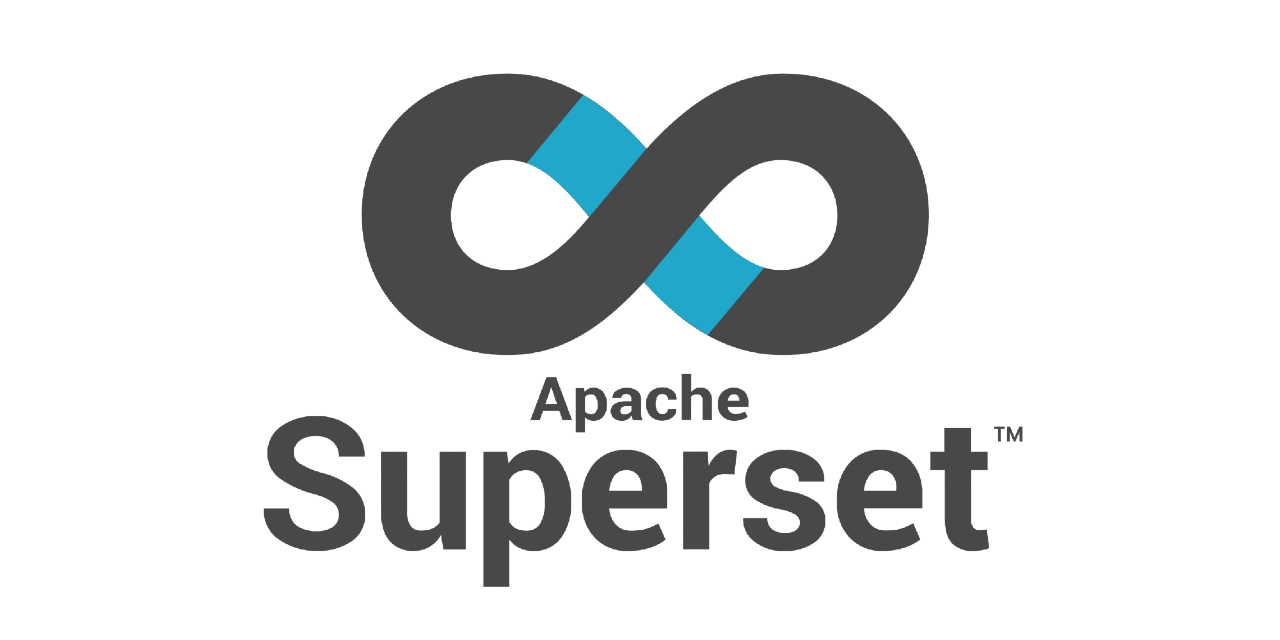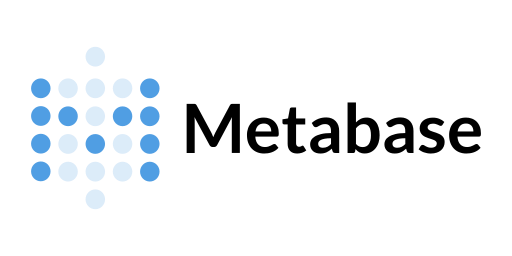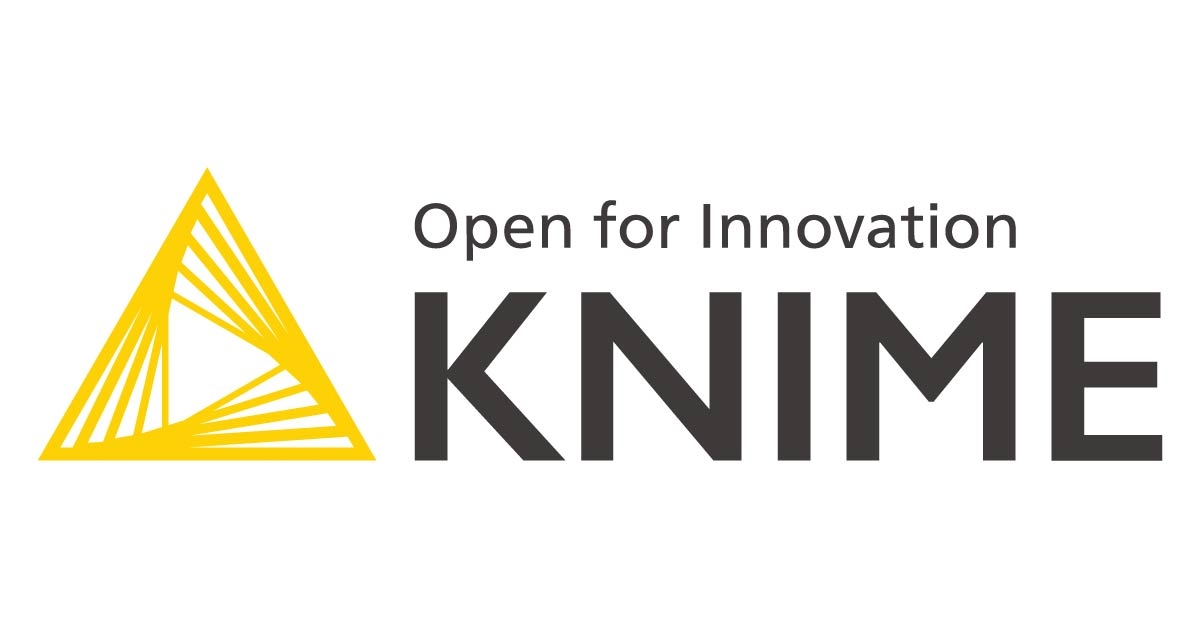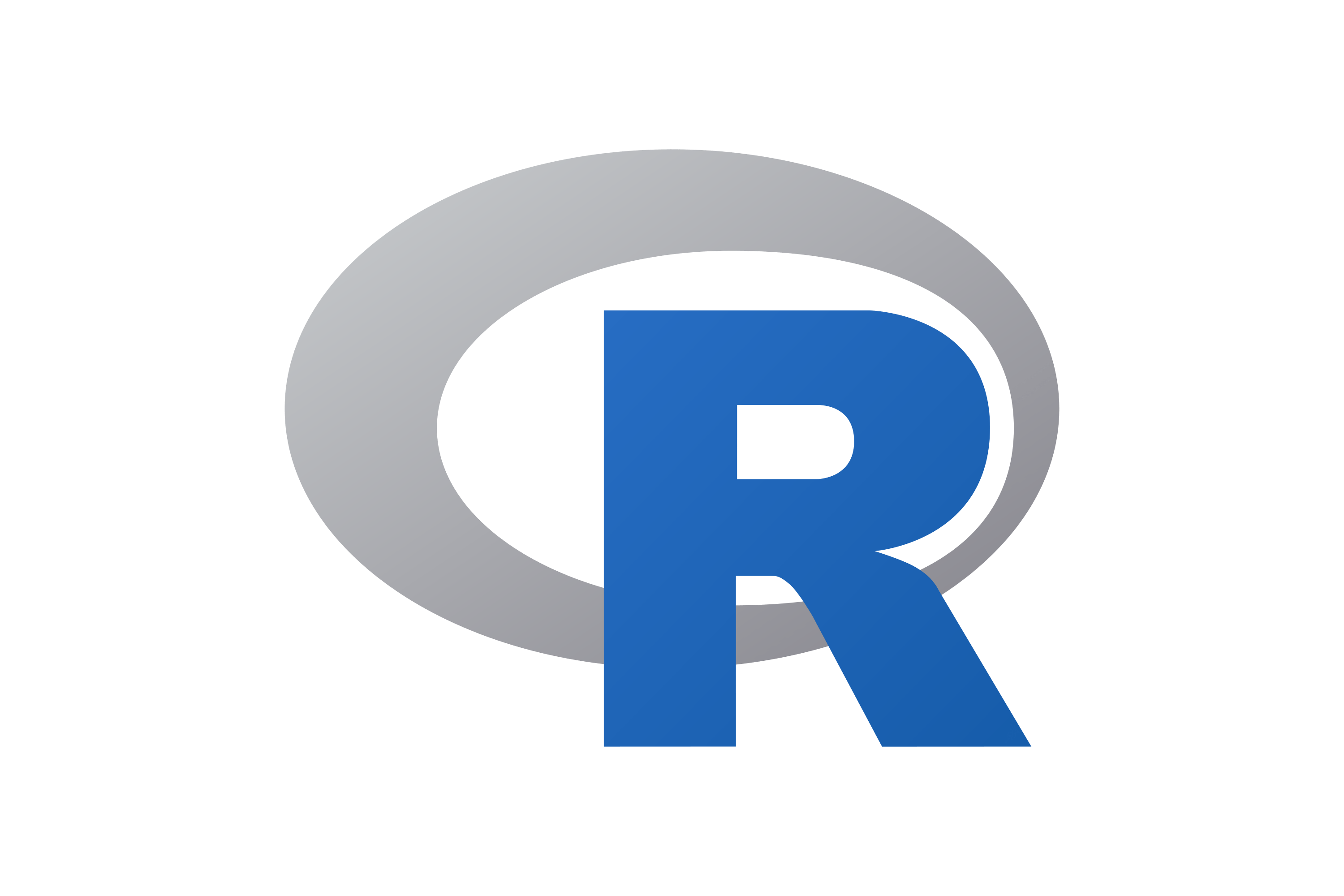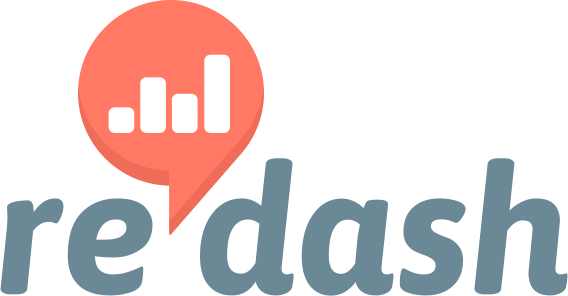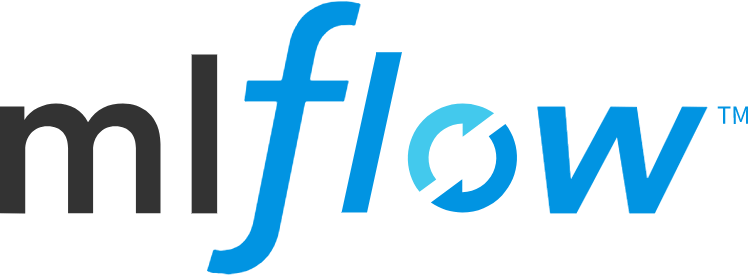
In today's digital age, data is the new oil. It fuels innovation, drives decision-making, and empowers businesses to thrive. However, raw data serves solely as a starting point. To fully leverage its potential, you need the right tools to transform it into actionable insights. This is where open-source data analytics steps in.
These robust, adaptable, and cost-efficient tools are revolutionizing access to data, allowing organizations of varying scales to make the most of their information.
This guide covers 11 top open-source data analytics tools, including Apache Superset, Metabase, and KNIME, for visualization, machine learning, and data management. These cost-efficient tools empower organizations to extract insights, with Estuary Flow simplifying real-time data integration.
Choose the Best Open-Source Analytics Tool
With so many powerful open-source data analytics tools available, choosing the suitable one (or combination) for your particular requirements can be quite daunting. To make an informed decision, consider the following factors:
- Use Case and Goals:
- What exactly are you trying to do? Figure out your primary goals and use case. Do you need to create interactive dashboards, build complex data pipelines, perform statistical analysis, or deploy machine learning models?
- Knowing your key objectives will help narrow down the huge number of open-source options to the tools best suited for your needs.
- Skill Level:
- What is your team's technical expertise? Some tools require more coding knowledge (e.g., R, Python) than others (e.g., Metabase, Orange).
- Choose tools that match your team's skill set to ensure smooth adoption and productivity.
- Scalability:
- Think about scalability and future growth. How much data are we talking here? Is the volume relatively stable or does it fluctuate?
- You'll want analytics software that can scale to handle not just today's data loads but also any increases down the road.
- Data Sources:
- What types of data sources do you need to connect to (databases, cloud storage, APIs, etc.)?
- Whatever the sources, double-check that your tool of choice can integrate with them seamlessly.
- Cost:
- Don't forget potential costs! Sure, these are open-source tools, but there could be expenses for hosting, maintenance, add-ons or premium features..
- Factor in potential costs when evaluating your options.
The best data analytics tool is the one that helps you to achieve your goals, fits your budget, and is easy for your team to use. Take your time, experiment, and choose wisely!
11 Best Open-Source Data Analytics Tools
The open-source landscape offers diverse data analytics tools, each with unique strengths and capabilities. We've handpicked 11 standout open-source data analytics tools in 2025 that cater to different needs and skill levels. So whether you're a total novice or a seasoned data pro, there's bound to be something here that's just the right fit for your organization's data strategy and analytics goals.
- Apache Superset
- Metabase
- KNIME Analytics Platform
- R (with Tidyverse)
- Python (with Pandas, NumPy, SciPy)
- Orange Data Mining
- Apache Airflow
- Redash
- Streamlit
- Jupyter Notebook
- MLflow
1. Apache Superset
Category: Data Exploration and Visualization
Open Source/Paid: Open Source (Apache 2.0 License)
Apache Superset is a powerful, open-source data exploration and visualization platform designed to be accessible to both technical and non-technical users. It offers a rich set of features for creating interactive dashboards, reports, and visualizations that can help you gain valuable insights from your data.
Key features:
- Rich Visualization Library: Wide array of visualization types (bar charts, line charts, scatter plots, maps, heatmaps, etc.).
- Interactive Dashboards: Easily build customizable dashboards with drag-and-drop components and filters.
- SQL Editor: Powerful SQL editor for ad-hoc queries and data exploration.
- Data Source: Connect to a wide variety of databases and data sources (NoSQL databases, SQL databases, cloud storage, etc.).
- Semantic Layer: Define custom metrics and dimensions for easier analysis.
- Alerting and Reporting: Set up alerts to be notified of data changes and schedule reports for regular delivery.
2. Metabase
Category: Business Intelligence
Open Source/Paid: Open Source (AGPLv3 License) with a paid cloud-hosted option
Metabase is a user-friendly business intelligence tool designed to make asking questions and getting answers from your data simple and intuitive. It doesn't require any SQL knowledge, making it an excellent choice for non-technical users who want to explore their data and create simple visualizations.
Key Features:
- Question-Based Interface: Ask questions in plain English and get answers in the form of charts and graphs.
- No-Code SQL: Build complex queries without writing any SQL code, thanks to the intuitive query builder.
- Interactive Dashboards: Create dashboards to monitor key metrics and share them with your team.
- Data Source Flexibility: Connect to a wide range of databases and data sources.
- Customizable Visualizations: Choose from a variety of chart types and customize them to fit your needs.
- Embedded Analytics: Embed dashboards and charts into your applications or websites.
3. KNIME Analytics Platform
Category: Data Science and Machine Learning
Open Source/Paid: Open Source (GPLv3 License) with paid extensions and enterprise support available
KNIME Analytics Platform is a comprehensive, open-source data science platform that covers the entire data analysis workflow – from data ingestion and preprocessing to modeling, deployment, and visualization. It boasts a visual workflow interface that makes it accessible to both data scientists and non-experts, empowering users to build sophisticated data-driven solutions without extensive coding.
Key Features:
- Visual Workflow: Drag-and-drop nodes to create visual workflows, eliminating the need for complex coding.
- Rich Node Library: Over 4,000 nodes for various tasks like data manipulation, machine learning, text processing, and more.
- Integrated Environments: Python, R, and Java integration for flexibility and customization.
- Community Extensions: A large collection of community-contributed nodes and workflows.
- Guided Analytics: Automated machine learning (AutoML) capabilities for beginners.
- Scalability: Handles large datasets and complex workflows efficiently.
4. R (with Tidyverse)
Category: Statistical Computing and Data Analysis
Open Source/Paid: Open Source (GNU GPL License)
R is a powerful and widely-used statistical programming language that excels in data analysis and visualization. It boasts a vast collection of packages that cater to diverse analytical needs, from basic statistics to advanced machine learning. The Tidyverse, a collection of R packages designed for data science, enhances R's capabilities by providing a consistent and intuitive framework for data manipulation and visualization.
Key Features:
- Extensive Statistical Capabilities: Comprehensive range of statistical functions and models (linear regression, time series analysis, hypothesis testing, etc.).
- Powerful Visualization: Create publication-quality plots and graphs with ease using ggplot2, a core Tidyverse package.
- Data Manipulation: Transform and wrangle data efficiently with dplyr, tidyr, and other Tidyverse packages.
- Reproducible Research: R Markdown allows you to combine code, text, and visualizations in a single document for reproducible reporting.
5. Python (with Pandas, NumPy, SciPy)
Category: Data Science and Machine Learning
Open Source/Paid: Open Source (Python Software Foundation License)
Python is one of most popular and widely-used programming languages that has become a staple in the data science community. It offers a rich ecosystem of libraries and frameworks that make data analysis, manipulation, and visualization intuitive and efficient. Pandas, NumPy, and SciPy are three core libraries that form the foundation of Python's data analysis capabilities.
Key Features:
- Pandas:
- Provides high-performance, easy-to-use data structures (Series and DataFrame) for data manipulation and analysis.
- Offers functions for reading and writing data in various formats, handling missing data, merging and joining datasets, and more.
- NumPy:
- Enables efficient numerical computations with support for multi-dimensional arrays and matrices.
- Offers a wide range of mathematical functions for operations on arrays.
- SciPy:
- Builds on NumPy and provides additional functionality for scientific and technical computing, such as optimization, linear algebra, integration, and signal processing.
6. Orange Data Mining
Category: Data Mining and Machine Learning
Open Source/Paid: Open Source (GPLv3 License)
Orange Data Mining is a visual programming tool that simplifies the process of data mining, machine learning, and data visualization. With its intuitive drag-and-drop interface, users can easily build complex data analysis workflows without needing to write extensive code. This makes it an excellent choice for beginners and domain experts who want to leverage the power of machine learning without a deep technical background.
Key Features:
- Visual Programming: Create data mining workflows by dragging and dropping components (widgets).
- Widgets for Every Task: A wide range of widgets for data preprocessing, feature engineering, model selection, evaluation, and visualization.
- Interactive Data Exploration: Explore your data visually with interactive scatter plots, distributions, and other visualizations.
- Add-on Functionality: Extend Orange's capabilities with add-ons for text mining, image analytics, bioinformatics, and more.
7. Apache Airflow
Category: Workflow Management and Data Pipeline Orchestration
Open Source/Paid: Open Source (Apache 2.0 License)
Apache Airflow is a powerful and flexible workflow management platform designed to automate, schedule, and monitor complex data pipelines. It allows you to define workflows as directed acyclic graphs (DAGs) of tasks, where each task represents a unit of work (e.g., extracting data, transforming data, loading data into a database). Airflow's flexibility and scalability make it an essential tool for managing and orchestrating data flows in a wide range of industries.
Key Features:
- DAGs: Define complex workflows as directed acyclic graphs (DAGs) of tasks.
- Python-Based: Workflows are defined using Python code, making them highly customizable and extensible.
- Scheduling: Easily schedule workflows to run at specific intervals or based on triggers.
- Monitoring: Monitor the progress of workflows and receive alerts in case of failures.
- Rich UI: Intuitive web interface for managing and visualizing workflows.
- Scalability: Handles large-scale data pipelines with ease.
8. Redash
Category: Data Visualization and Collaboration
Open Source/Paid: Open Source (BSD License) with a paid cloud-hosted option.
Redash is a collaborative data visualization platform that enables teams to easily explore, query, visualize, and share data insights. It allows users to connect to various data sources, write and execute SQL or NoSQL queries, create interactive dashboards, and schedule automated reports. Redash is designed to foster collaboration and make data accessible to everyone in an organization.
Key Features:
- Query Editor: Write and execute SQL or NoSQL queries against your data sources with a user-friendly editor and schema browser.
- Visualization Library: Wide variety of chart types and customization options for creating visually appealing dashboards.
- Collaboration: Easily share queries, visualizations, and dashboards with team members for collaborative analysis.
- Scheduling: Automate data refreshes and report generation.
- Alerts: Set up alerts to be notified of data changes or anomalies.
- Data Source Integrations: Connect to a wide range of databases and data sources (PostgreSQL, MySQL, Redshift, BigQuery, MongoDB, etc.).
9. Streamlit
Category: Data App Development and Sharing
Open Source/Paid: Open Source (Apache 2.0 License) with a paid Streamlit Cloud option for sharing and deployment.
Streamlit is a Python library that revolutionizes the way data scientists and machine learning engineers share their work. It enables you to transform Python scripts into interactive web applications effortlessly, without requiring any front-end web development expertise. With just a few lines of code, you can create beautiful and informative data apps that can be easily shared with others.
Key Features:
- Simple Pythonic Syntax: Build apps using pure Python and familiar data science libraries (Pandas, NumPy, Matplotlib, etc.).
- Interactive Widgets: Easily add interactive elements like sliders, buttons, text inputs, and more.
- Data Visualization: Integrate popular plotting libraries like Matplotlib, Plotly, and Altair seamlessly.
- Component Library: Pre-built components for common tasks like data tables, markdown text, and file uploads.
- Caching: Efficient caching mechanisms to speed up computations and improve app performance.
- Streamlit Cloud: (Paid) Easily deploy and share your apps using the Streamlit Cloud platform.
10. Jupyter Notebook
Category: Interactive Computing and Data Exploration
Open Source/Paid: Open Source (BSD License)
Jupyter Notebook is a versatile, open-source web application that revolutionizes the way data scientists, researchers, and educators work with code, data, and visualizations. It provides an interactive environment where you can create and share documents that combine live code, equations, narrative text, and rich media. This makes it an ideal tool for data exploration, analysis, prototyping, and creating interactive educational materials.
Key Features:
- Interactive Cells: Write and execute code in individual cells, allowing for experimentation and incremental development.
- Rich Media: Embed images, videos, and other rich media directly within your notebooks.
- Multiple Kernels: Support for various programming languages (Python, R, Julia, etc.) through interchangeable kernels.
- Data Visualization: Integrate popular plotting libraries like Matplotlib, Plotly, and Bokeh to create stunning visualizations.
- Sharing and Collaboration: Easily share notebooks with others using various platforms (GitHub, JupyterHub, etc.).
11. MLflow
Category: Machine Learning Lifecycle Management
Open Source/Paid: Open Source (Apache 2.0 License)
MLflow is an open-source platform designed to streamline the entire machine learning (ML) lifecycle, from experimentation and model development to deployment and monitoring. It provide a centralized repository for tracking experiments, managing models, packaging code into reproducible runs, and sharing and deploying models. MLflow's flexibility and comprehensive features make it an invaluable asset for individuals and teams working on machine learning projects.
Key Features:
- Experiment Tracking: Log parameters, metrics, and artifacts (e.g., model files) to compare and reproduce experiments.
- Model Management: Store, version, and deploy models in diverse environments (cloud, on-premise, etc.).
- Projects: Package ML code in a reusable and reproducible format for easy collaboration and sharing.
- Model Registry: A centralized model store for managing model stages (staging, production, archived) and transitions.
- MLflow UI: A user-friendly web interface for visualizing experiments, comparing runs, and managing models.
Disclaimer: This list focuses primarily on open-source tools, some tools might have commercial support or enterprise versions available.
Streamlining Your Data Pipeline with Estuary Flow
Before you dive into the world of open-source data analytics, consider how you'll get your data into a usable format. This is where Estuary Flow comes in.
Estuary Flow is a powerful real-time data operations platform that simplifies the process of collecting, transforming, and moving data from various sources to your preferred destinations. Its core strength lies in its change data capture (CDC) capabilities, which track changes in source databases and capture them as they happen, ensuring your analytics tools always have the most up-to-date data.
By implementing Estuary Flow, you can establish a robust and efficient data pipeline that feeds clean, reliable, and timely data to your open-source analytics tools. This allows you to focus on extracting insights and making data-driven decisions rather than getting bogged down in the complexities of data preparation.
Conclusion
The rise of open-source data analytics tools is democratizing advanced analytics, making it available to organizations regardless of their size or budget.
Whether you're just getting started on your data journey or you're a seasoned pro, there's an open-source tool tailored to your needs. From data wrangling and visualization to machine learning and real-time streaming, these 11 tools have got you covered every step of the way.
By leveraging these tools and embracing the collaborative spirit of open-source communities, you can fully tap into your data's potential and gain a competitive edge in today's data-driven world.
Interested in learning more? Explore our other top tools blogs:
Open-Source Data Analytics Tools FAQs
- What are the main advantages of using open-source data analytics tools?
Open-source data analytics tools offer compelling advantages, including cost-effectiveness, flexibility for customization, robust community support, and transparency due to publicly available source code. These benefits make them attractive for organizations of all sizes seeking powerful and adaptable analytics solutions without the burden of licensing fees.
- Which open-source tool is best for beginners in data analytics?
If you're new to data analytics, tools like Metabase and Orange Data Mining are great starting points. They offer intuitive visual interfaces that don't require extensive coding knowledge.
- Can open-source data analytics tools handle big data?
Yes, many open-source tools, such as Apache Superset and Apache Airflow, are designed to handle large datasets and complex workflows efficiently.
- Are open-source tools as secure as commercial data analytics software?
While open-source tools can be just as secure, it's important to choose reputable projects with active communities and regular security updates. Additionally, ensure you follow best practices for data security, regardless of the tool you use.
- Which open-source tool is best for data visualization for small businesses?
For small businesses, Metabase is an excellent choice for data visualization. It's user-friendly, doesn't require SQL knowledge, and allows you to create interactive dashboards and reports easily. Additionally, it's cost-effective, with a free open-source version and a paid cloud-hosted option for those who prefer a managed solution.

About the author
Rob has worked extensively in marketing and product marketing on database, data integration, API management, and application integration technologies at WS02, Firebolt, Imply, GridGain, Axway, Informatica, and TIBCO.





